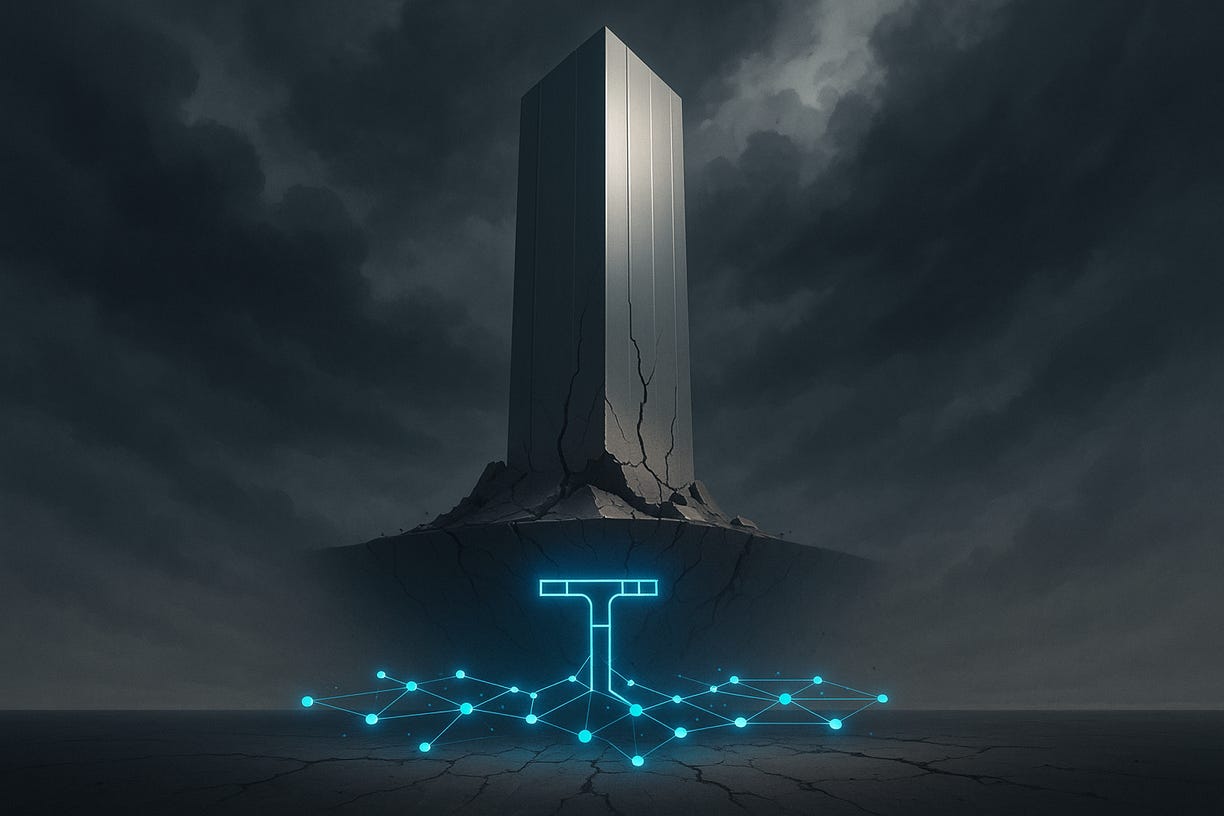Bittensor Subnets: Building Real Utility Amid the Battle
Bittensor is exploding. Over 100 subnets active in 2025. But behind the innovation, a silent struggle: motivated builders vs impatient investors.
What is a subnet?
A specialized AI mini-network.
– Miners produce results.
– Validators score the quality.
– TAO holders reallocate tokens to the projects they find valuable.
A subnet is essentially an AI service marketplace where value is measured continuously.
How to build a subnet
Define the objective. A clear, measurable task. Example: predicting key actions in a sports match.
Set the scoring. The evaluation rule that rewards quality, not quantity.
Launch. Register the subnet on-chain with a TAO deposit.
Iterate. Adjust code, fix flaws, listen to the community.
Monetize. Attract stake via dTAO and, more importantly, find real-world users.
The current battle
The dTAO model turned the ecosystem into an open incubator.
Every TAO holder can bet on a subnet and receive its tokens.
Result: projects get funded fast… but face speculative pressure.
Some VCs want quick returns, sometimes on terms seen as predatory.
Builders ask for patient capital to create products that last.
The question: are we building for utility or for short-term extraction?
Real-world subnet examples
Sports: one active subnet analyzes matches, produces real-time stats, and develops predictive models. Clubs and media see direct value.
Health: Nova, the medical subnet, aggregates data and models to improve diagnostics and biomedical research.
Education: a collaborative tutor subnet, trained by teachers and researchers, to support students globally.
Media: detection of fake news and deepfakes.
Environment: sensor networks to track pollution and climate data.
Each case rests on the same principle: a clear task, a public metric, tangible value.
Two challenges to solve
Miner sell pressure: as long as miners need to sell rewards to survive, subnet tokens face constant downward pressure. The only way out is to generate product revenues—API sales, subscriptions, B2B contracts—that sustain real demand.
Business Development teams: engineering isn’t enough. Subnets will need sales and partnerships teams. Finding clients, signing deals, building a real pipeline—this is how a technical project becomes a sustainable business.
TL;DR
A subnet = a specialized AI marketplace where quality is rewarded.
Building requires a simple objective, a fair scoring system, a launch, iterations, and monetization.
To last, subnets must solve miner sell pressure with real revenues and build strong BD teams to sell their products.
Subscribe to Subnet Edge to catch weekly signals on decentralized AI.


